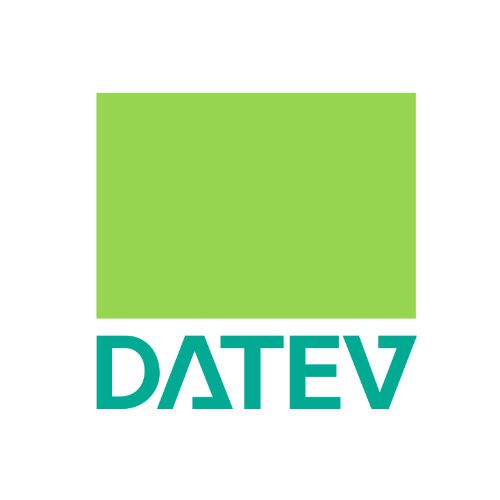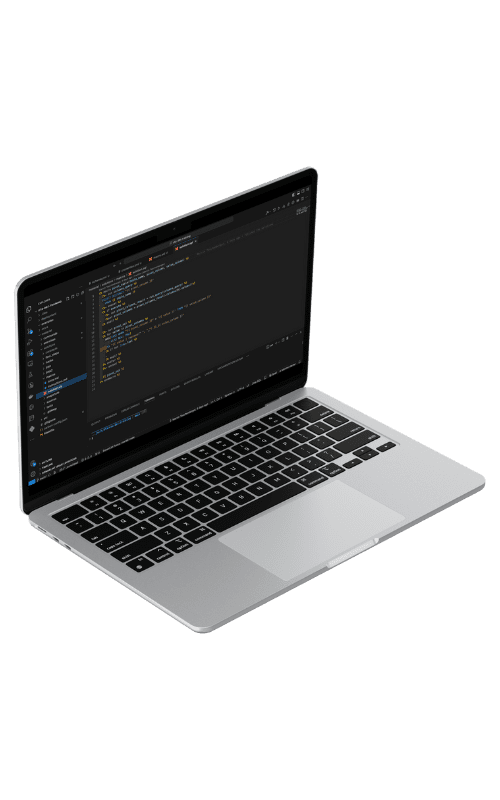Your investment
- 20 hours of concentrated basic knowledge
- Combination of theory and practice with live demos and exercises to actively develop skills.
- Learn how to use DBT (Data Build Tool) for data transformations, including the fundamentals and architecture, workflow management and setup.
- Learn how to use Jinja templating, create and manage models, use hooks and integrate DBT with other tools like Airflow and Dagster.
Learn how to use DBT (Data Build Tool) for data transformations with this DBT training
With our expert-led DBT training program,
designed to equip you with cutting-edge skills in modern application deployment and management.
Benefit from our wealth of experience from countless customer projects:






In this DBT Course you will experience a balanced mix of theory, live demonstrations and practical exercises.
Learn the fundamentals and architecture of DBT, understanding the role of an Analytic Engineer, workflow management and setup.
Learn how to use Jinja templating in DBT, create and manage models, perform tests to ensure data quality, documentation and metadata management
Get to know how to integrate DBT with other tools like Airflow and Dagster, as well as refactor and optimize DBT projects.
In this DBT Training, you will learn …
… how to use DBT (Data Build Tool) for data transformations. This includes the fundamentals and architecture of DBT, understanding the role of an Analytic Engineer, workflow management and setup, using Jinja templating in DBT, creating and managing models, performing tests to ensure data quality, documentation and metadata management, using hooks and data observability, integrating DBT with other tools like Airflow and Dagster, as well as refactoring and optimizing DBT projects.
Practical Applications That We Will Cover in the DBT Training:
- 1Setting up and configuring DBT projects.
- 2Using Jinja for dynamic SQL generation.
- 3Implementing and testing data models.
- 4Creating documentation and managing metadata.
- 5Performing data quality tests.
- 6Using hooks for additional SQL commands.
- 7Integrating DBT with Airflow for workflow management.
- 8Refactoring DBT projects to optimize data pipelines.
After the Data Build Tool Training, You Will Be Able To:
- 1Set up and configure DBT projects.
- 2Create and transform data models.
- 3Use SQL and Jinja for advanced data transformations.
- 4Ensure data quality through testing and validation.
- 5Create and maintain documentation for DBT projects.
- 6Optimize and automate workflows.
- 7Integrate DBT into existing ELT, MLOps, or analytics pipelines.
- 8Apply practical applications and best practices for DBT.
The DBT Training is NOT suitable for you if …
Hear from our satisfied training attendees
A1 Telekom Austria AG
Reinhard Burgmann
Head of Data Ecosystem
Vattenfall
Bernard Benning
BA Heat
„I recently attended Vattenfall IT’s online Kafka training day hosted by Ultra Tendency, and it was an enriching experience.
The trainer, Ahmed, did a fantastic job explaining the theory behind Kafka, and the emphasis on practical application was great. The hands-on programming exercises were particularly helpful, and I’ve never experienced training with so many interactive examples!
Overall, I highly recommend this training to anyone who wants to improve their Kafka knowledge interactively and gain valuable skills.“
VP Bank
Eisele Peer
Lead Architect & Head of IT Integration & Development
“The MLOps training exceeded our expectations!
It offered a perfect blend of an overview, hands-on coding examples, and real-world use cases. The trainer answered all questions competently and adapted the content to fit our company’s infrastructure.
This training not only provided us with knowledge but also practical skills that we can apply immediately.“
Get to know your DBT Training professionals

Marvin Taschenberger

Hudhaifa Ahmed
Senior Lead Big Data Developer & Berlin Territory Manager, Ultra Tendency

Matthias Baumann
Required hardware & infrastructure for your DBT Training
- You will need a PC or Mac with a web browser and MS Teams.
- During the training, we will provide you with a virtual machine with the required local dependencies, services and root access.
- This VM has a running Kubernetes cluster on which you can test and execute the training instructions.
- You can access the machine via a browser or SSH if you wish and the network restrictions allow it.

